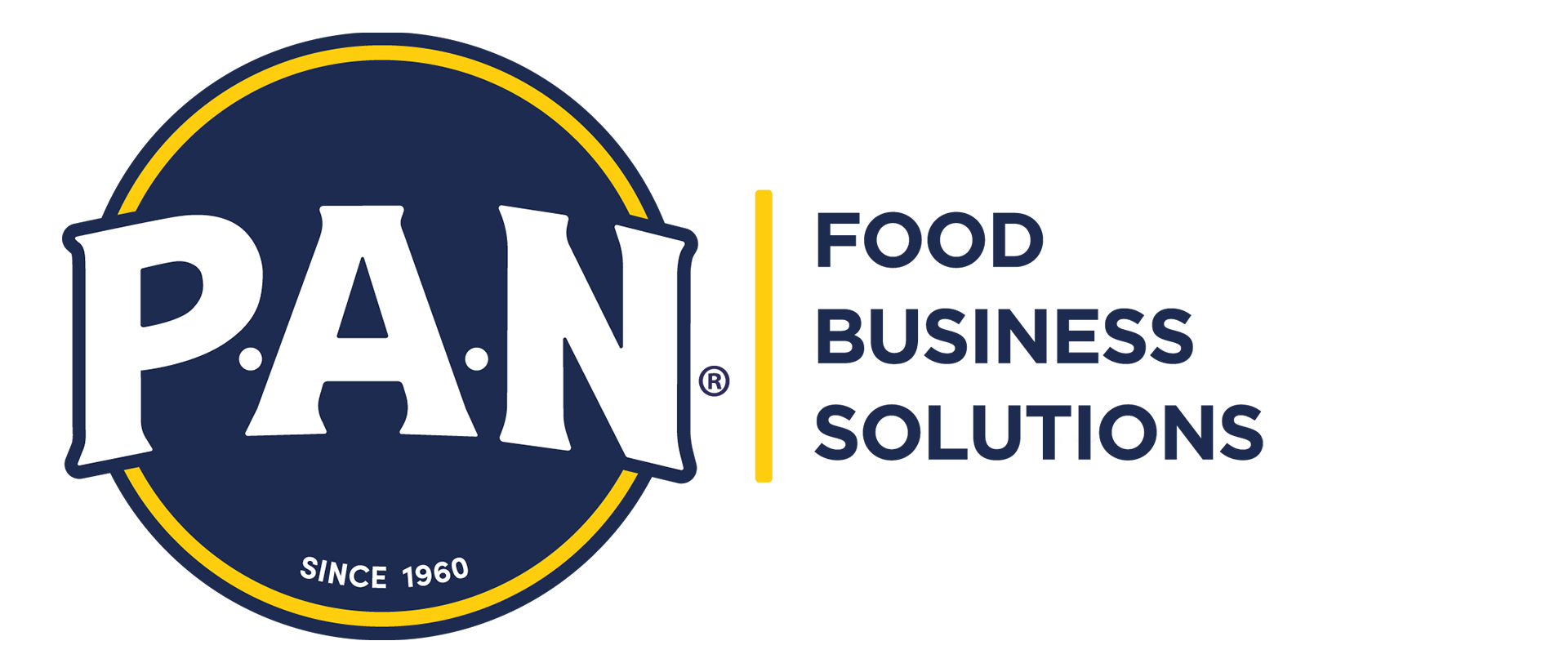Food inventory management is an oft-forgotten topic. Much is said about the cost structure, customer management and menu creation, but the reality is that without a proper inventory management of your food business you are losing 80% of your liquidity without realizing it.
If inventory is so important, why is nobody talking about it? The truth is that inventory management is complex; it works closely with cost management and kitchen management. It also serves as support for marketing and customer management when creating promotion strategies on all those slow-moving items or that raw material you have in excess.
For this reason, talking about inventory is complex, because it is not simply placing the order with the supplier and storing it in your warehouse, it goes much further. Today we will tell you in detail how to manage the inventory of your restaurant so that it becomes an ally of the profitability of your business, and you do not lose money in the process.
- Create an inventory list and determine the replacement cost

The inventory list is very important. It seems obvious, but most food business owners do not know how to prepare it correctly and this is essential to start controlling the inventory of your restaurant.
The first thing you should keep in mind is that you should always include replacement cost estimates for every item in your inventory, why? What does replacement cost have to do with inventory?
Do you remember that we told above that inventory is closely linked to cost management? Well, it is in cost management where you must evaluate the total sales made of each of the products on your menu at the end of the month; these sales must match all the raw material that has been consumed in the inventory and this data should tell you exactly how much to buy to replace.
Now, up to this point everything is under control, this step is known and executed by most of food business owners; however, the problem comes at the time of ordering, when you usually let yourself be influenced by your emotions, and sometimes you make purchases without thinking about the real needs of the restaurant.

This is when the replacement cost is fundamental since, according to the sales of the month or week, it will tell you exactly how much you should buy of each of the raw materials that you have on your list.
Having a budget will help you plan business expenses: to keep track of the months in which you sell the most in the future and in which you should be more attentive with the replenishment of inventory; and to not falling for misleading offers, that only fill you with raw material that your restaurant does not need and make you lose liquidity.
IMPORTANT: remember that every time a raw material enters the inventory of your business you are losing liquidity; one that cannot be recovered until that raw material is sold, and if it is not sold and it expires, it is money that you throw away.
2. Everything that goes into your inventory must have a minimum of 75% shelf life

Food businesses work with products that expire quickly. In most cases it does not matter if you work with savory or sweet food. Raw material’s shelf life in food industry is considerable shorter than in order sectors of trade, for this reason, you need to be on alert.
When you buy raw material for your business, you must ensure that everything you put into it must have a minimum of 75% of available shelf life remaining; we explain it much better with the following example: if you buy milk that has an expiration date of 11/11/2022, and this product has an average rotation of 5 to 7 days in your business, and you acquire it on 07/20/2022, clearly this product complies with the 75% rule because the rotation that it has in your warehouse is considerably less than the expiration time.
Now, what happens if by buying in some offer or promotion the raw material you acquire has an expiration date less than the time you have planned for its rotation, that is, based on the same example of milk, the raw material has a rotation of 3 to 4 months; in this case the 75% rule is not followed and most likely the product you bought will reach its expiration date before being used.
How does all this affect your inventory? Well, every time you throw away raw material, you throw money away, it’s that simple. And since inventory is a liquidity reserve for your business, the more raw material you have at risk, the more likely you are to have liquidity losses.
Certainly, this 75% rule cannot be seen as an isolated strategy to the replacement cost because, in fact, they work together and depend on each other, which is why the inventory list is so important, since it will also allow you to know the status of your products.

On this point, it is also important that you compulsorily apply the First-In First-Out method (FIFO), because your restaurant works with products with certain expiry dates, it is important that your staff is trained to know how the inventory should be organized, both for raw materials and pre-prepared products.
The organization of the inventory is essential to respect the 75% rule, especially with pre-made products, that is, those that are made by your kitchen team before service. These products, which depending on the business model may be produced days, weeks or months in advance, must be dated and ordered according to the FIFO method.
IMPORTANT: the 75% rule should not only be applied to the inventory list, but should also be part of the inventory handling and management procedures manual that your kitchen staff need to know, especially those in charge of preparing the inventory.
- The inventory of your restaurant has a monetary value; it is your duty to know it

We can assure you that 99% of restaurant owners do not have the slightest idea of how much their inventory is worth, monetarily speaking. Do you relate to this?
If you have an inventory structure, but that structure does not tell you how much money you have invested in it, we recommend that you discard it, because this is the most important part of all inventory.
Why is knowing how much your restaurant inventory is worth so important? First, because the inventory of your business is part of its assets and you should always have all the information, but from a more practical level and for daily use, basically, this will be the data that will tell you how much your business has accumulated in liquidity, the one that always annoys you at the end of the month, but it will also tell you which are those products that you need to move yes or yes to recover it.
We have told you before, the inventory cannot be seen in isolation from the other managements, and, on this point, it is important that there is effective communication between the kitchen management and the marketing and customer management.
The kitchen management works according to the inventory management, that is, the menu products are produced thanks to the fact that in the warehouse of your restaurant the kitchen staff finds everything necessary to produce them, both managements must act in communication, and sometimes this aspect is an Achilles heel in kitchens.

A defect of the gastronomic profession is unlimited creativity and the desire to please everyone, without taking into account the profitability of the business. On many occasions, restaurants end up buying raw material that is only used for one client, or that was only used to test new dishes; in both cases this raw material is abandoned in oblivion, awaiting its expiration.
This means that you have an accumulation of liquidity (in other words, cold money in the form of food), one that you are not recovering because it simply does not have an outlet in the regular menu of your restaurant, so how do you act in these cases?
It is precisely at this point when knowing the real value of the inventory is fundamental, because this data will tell you how much money you have there and what is your dead stock (ingredients that take up valuable space in the warehouse and that do not contribute with business profitability). This is when a very interesting strategy is applied with the marketing and customer management.

As you will realize, nothing that is done in a well-managed restaurant is done at random, everything has a reason behind it. The marketing and customer management can be your best ally to create a limited-edition product that is based on the preferences of your client, but at the same time it is created to make an outlet for that dead stock.
This will not be a product that remains permanently on the menu of your restaurant, because that is not its function; therefore, it must be accompanied by an excellent sales strategy that brings customers and invites them, for a period of time, to consume this product, helping your business to recover warehouse space and increase its liquidity, in short, a win-win.
Of course, again this strategy is not applied independently of the previous two, because as you may have already realized in the kitchen everything is intertwined and all the managements collaborate with each other so that the restaurant can create a stable system and be a more profitable business every day.

IMPORTANT: this sales strategy that is applied to dead stock is designed to deplete the specific inventory of a product, after it has been depleted, it makes no sense to acquire more product, since it will go back to the starting point.
As you may have noticed, inventory management is much more complex than meets the eye, but how important it is for the health and profitability of your restaurant. Without a doubt this is a topic on which it is worth researching to go from entrepreneur to food businessmen/business woman.
We co- created this content with Diana&Luismi Gastronomy Group – Gastronomic Advisors, to help your business grow.
